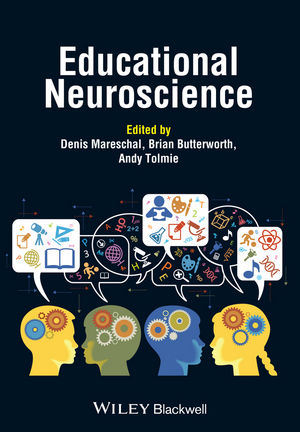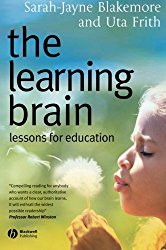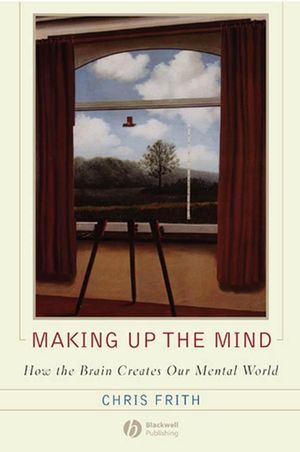

Or How you got to be so smart
Published: 2018
Author: Paul Howard-Jones
How does learning transform us biologically?
What learning processes do we share with bacteria, jellyfish and monkeys?
Is technology impacting on our evolution and what might the future hold for the learning brain?
These are just some of the questions Paul Howard-Jones explores on a fascinating journey through 3.5 billion years of brain evolution, and discovers what it all means for how we learn today.
Is technology impacting on our evolution and what might the future hold for the learning brain?
These are just some of the questions Paul Howard-Jones explores on a fascinating journey through 3.5 billion years of brain evolution, and discovers what it all means for how we learn today.









